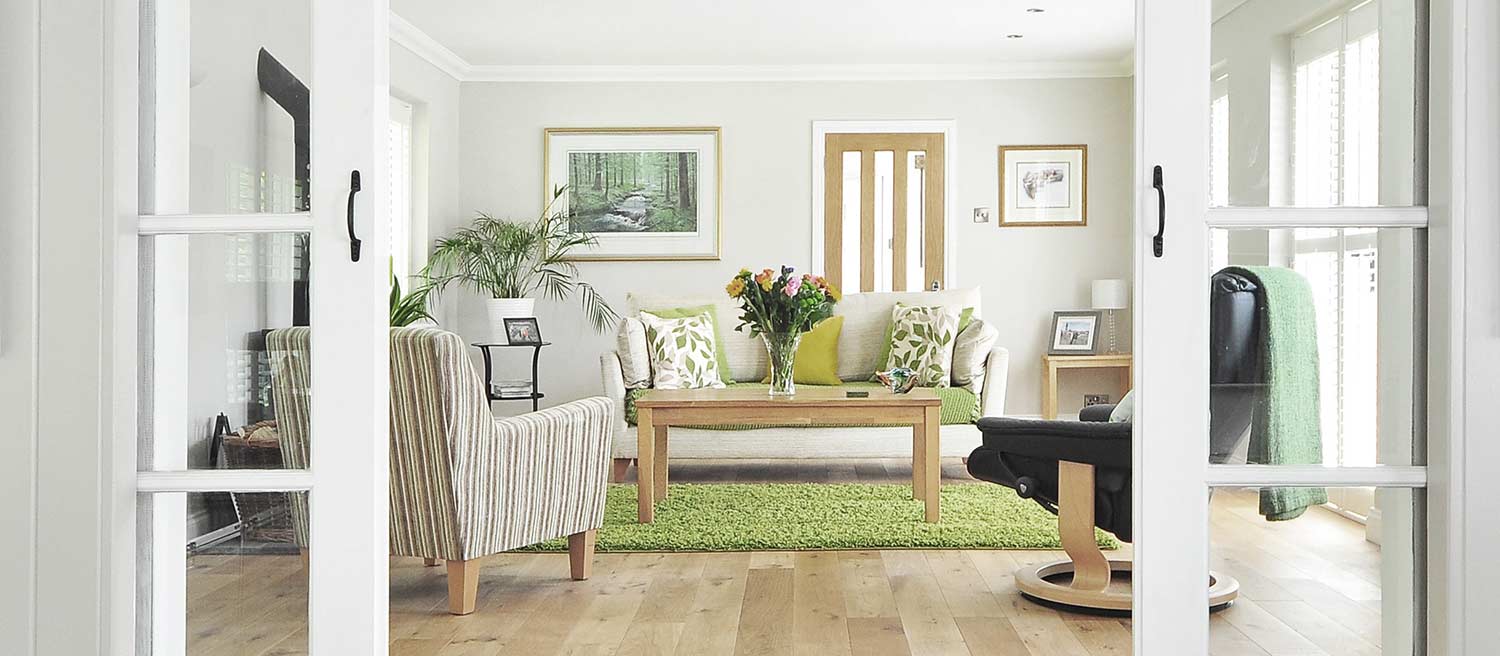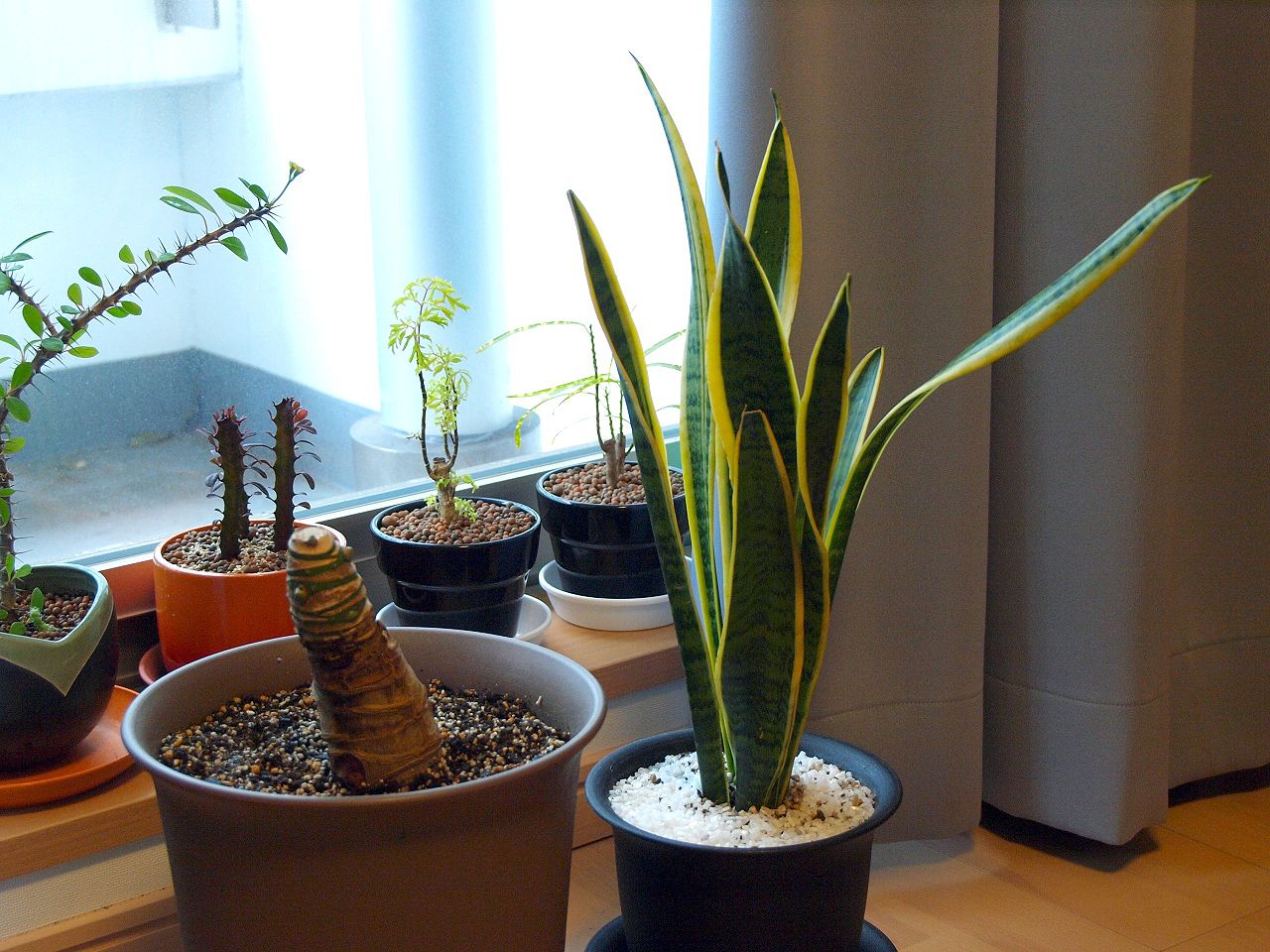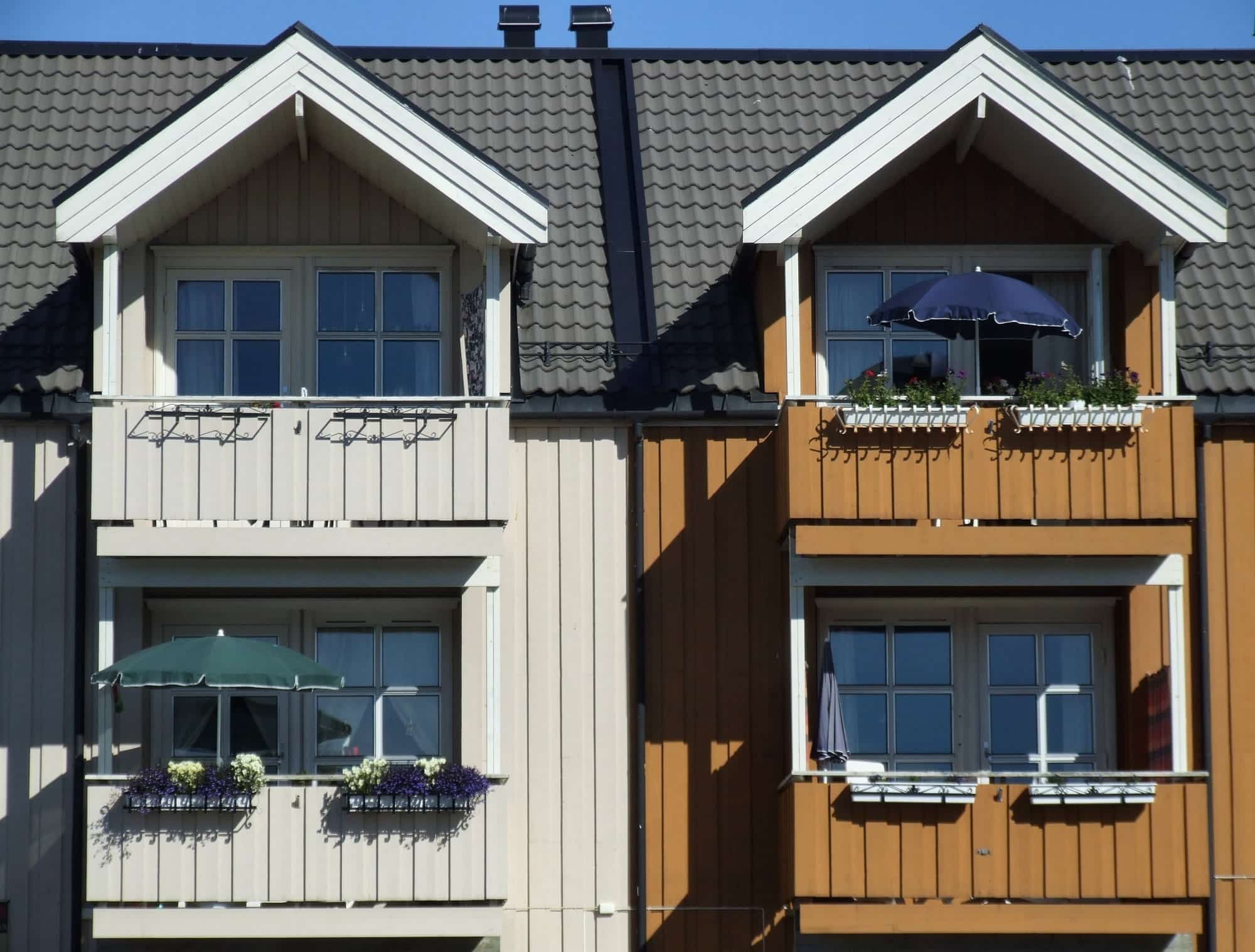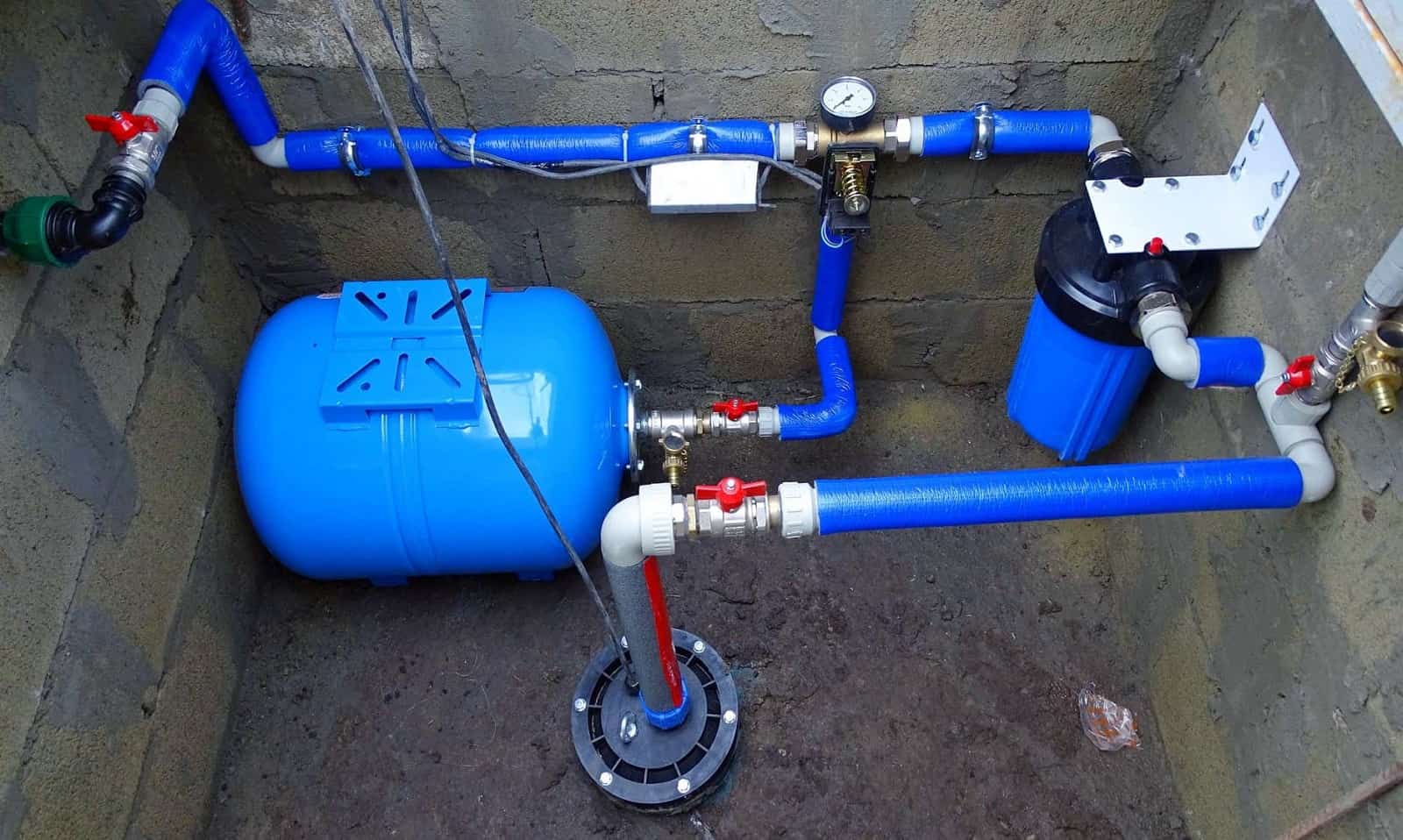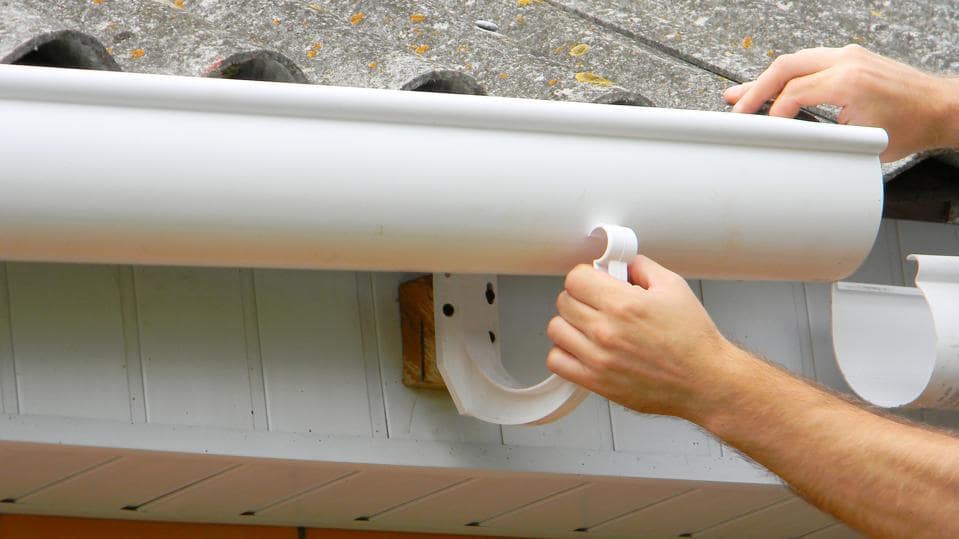As homeowners, we tend to think only about the things we can see. If there’s a room that doesn’t fit our evolving style, we renovate. If there’s a mess, we clean it up. But what about the things we can’t see… such as air quality? Although it’s invisible, the quality of the air has a direct impact on our homes and how we live.
To emphasize the importance of air quality The United States Environmental Protection Agency (EPA) has developed an Air Quality Index that can give you a visual assessment of the quality of the air you breathe. AQI is based on the concentration level of particles in the air. To measure the size and number of particles you can use an Air Quality Monitor, which can help to reduce indoor air pollution. This device can show your AQI value by guiding you to take some steps when it is higher, to ensure a healthy home environment.
Why Air Quality Matters
Air quality often gets addressed largely in a macro context. Pollution is a significant topic among governments and environmental organizations. But it’s just as important in a micro context; i.e., within our homes. Here’s why:
- Physical health. Exposure to poor air quality is closely connected with symptoms such as hair
damage, respiratory diseases, liver damage, skin issues, and even problems with one’s reproductive
system. - Brain functioning. The air we breathe has a direct impact on brain activity and functioning. It can
set the tone for how we process information and the emotions we feel. - Happiness. Perhaps most surprising, research shows that air pollution has a quantifiable impact on
our overall happiness and satisfaction. As air quality improves, so does a person’s outlook on life.
Six Ways to Improve Your Home’s Air Quality
Indoor air quality in the average home doesn’t meet the standard it should. You’re welcome to run a battery of tests to confirm the fact, but your time and money would be better spent addressing the issue proactively.
1. Never Smoke Inside
“Probably the single most important aspect of indoor air pollution is second-hand cigarette smoke,” pediatrician Philip Landrigan, MD says. Tobacco smoke contains more than 4,000 dangerous chemicals, and second-hand exposure can be just as dangerous as first-hand inhalation.
Smoking should be banned from your entire property. If for some reason smoking is part of your family’s lifestyle, you should at least prohibit the practice indoors.
2. Clean Regularly
It’s easy for chemicals and allergens to accumulate in your residence and lower the quality of the air in your living spaces. You can enhance the air quality in your home substantially by keeping floors and other surfaces clean.
Carpeting is an especially problematic item. Using a vacuum cleaner that has a HEPA filter and strong function will help you remove these particles without kicking them into the air your family breathes.
3. Maintain Proper Humidity Levels
It’s worthwhile to maintain proper humidity levels in your home. Not only can this prevent respiratory problems, but it also discourages the growth of mold. An ideal humidity level lies somewhere between 30 and 50 percent.
4. Avoid Chemical Products
Every chemical product you use in your home can have an impact on indoor air quality. This includes cleaning products, which are designed to disinfect and make your living areas healthier. Whenever possible, you should employ natural ingredients and organic cleaning products.
5. Use Plants
Plants don’t just look good as design props in your home; they actually clean the air. Studies conducted by NASA under the leadership of Dr. B.C. Wolverton has proved as much.
“Dr. Wolverton’s study of the interaction between plants and air found that houseplants, when placed in sealed chambers in the presence of specific chemicals, removed those chemicals from the chambers,” Eartheasy explains. “He concluded that plants can clean pollutants in homes, offices, factories, and retail outlets.”
Certain plants are better than others, including varieties of palms and ferns. Purchase plants that are robust and easy to care for. You’ll have more success with those.
6. Air it Out
Many of today’s homes are too well insulated and sealed. This prevents some of the air exchange between indoors and outdoors that helps to keep interior air fresh.
Whenever the weather is sufficiently pleasant, think about opening windows and even doors for a few hours at a time. This will ventilate your house better than mechanical systems can, and improve the quality of the air you breathe (assuming you live in an area that isn’t heavily industrial or otherwise prey to pollution, such as next to a freeway!).
Put Your Health First
It’s easy to tackle home projects that are visible and obvious. It’s more difficult to convince yourself that you need to address an issue such as indoor air quality, which doesn’t inspire immediate concern.
But if you’re serious about managing a clean and healthy home, you should begin with the air you breathe.


